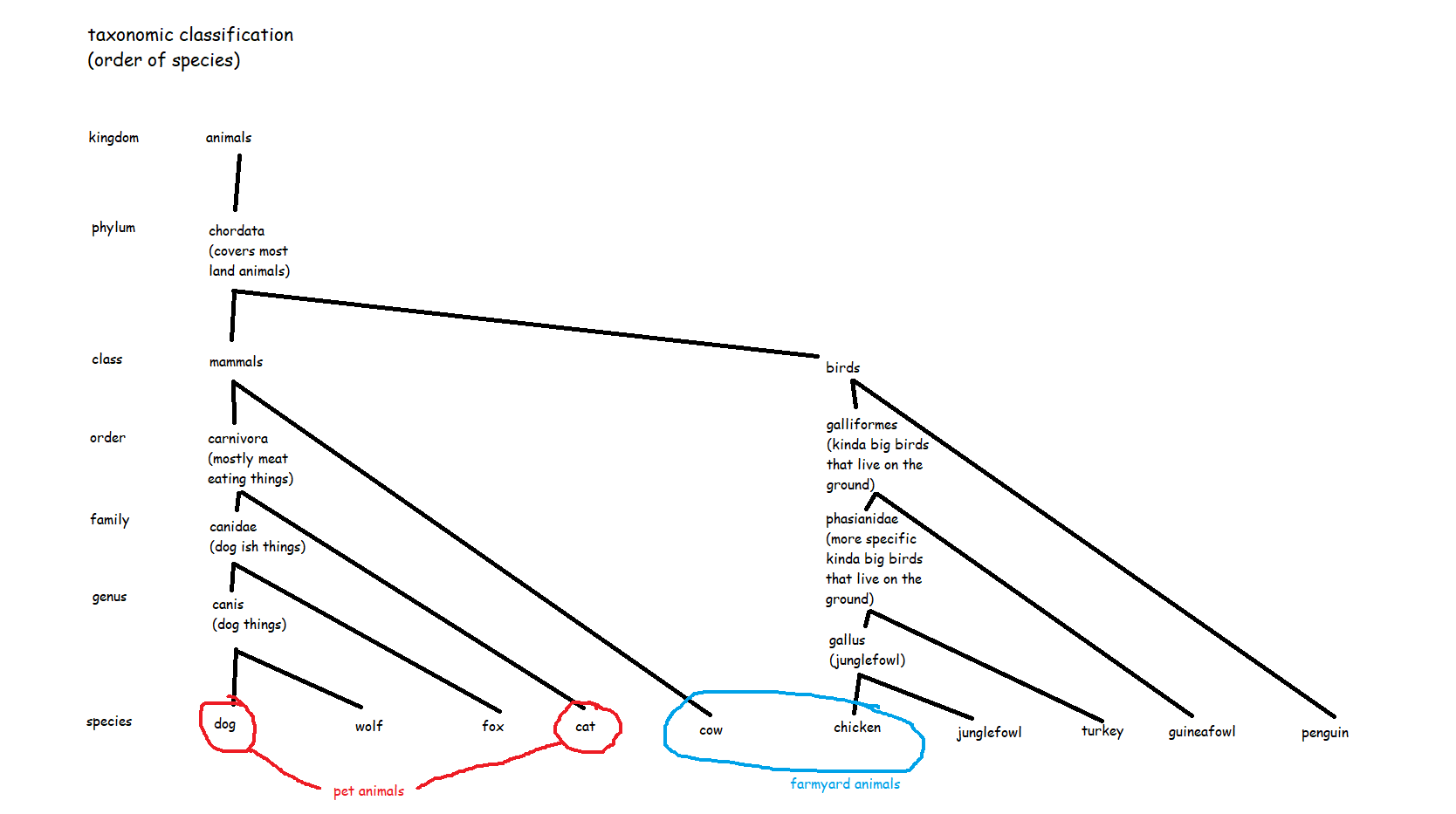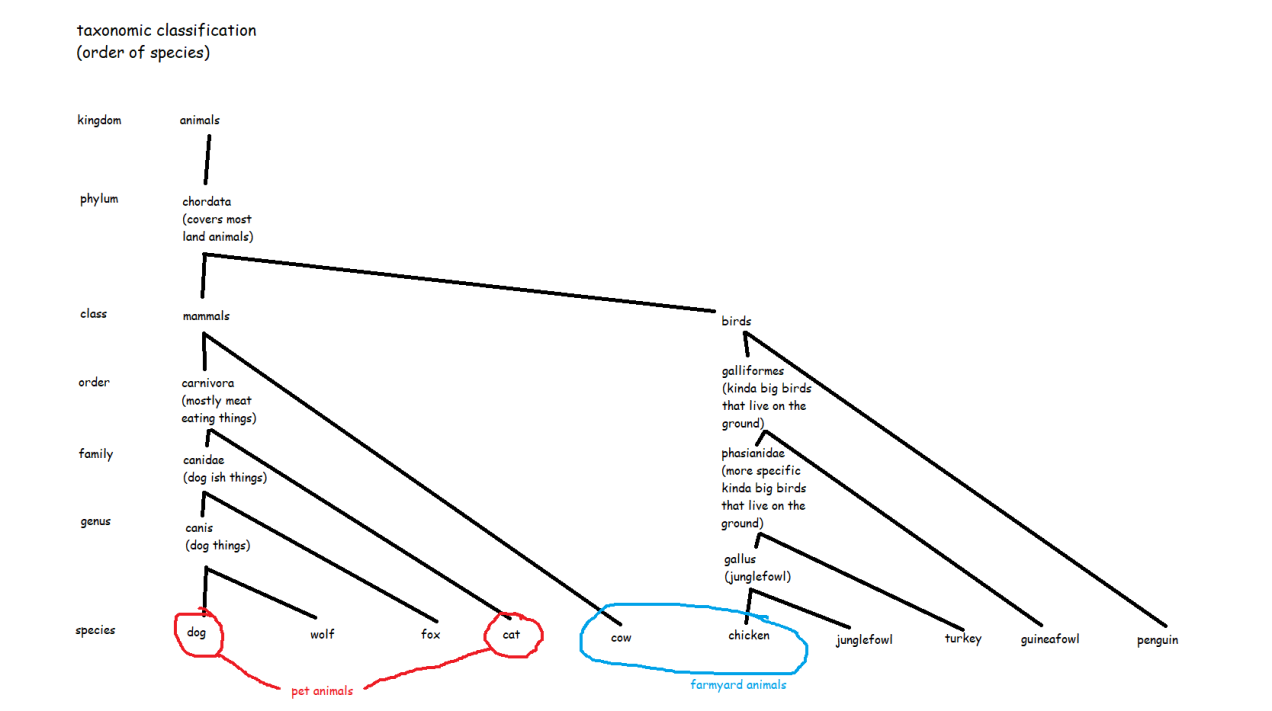I’ve been working with product classification in SAP recently, and something that comes up a lot is the difference between the merchandise category hierarchy and the article hierarchy. Both can be used for showing hierarchies and reporting, so what’s the difference?
The merchandise category is obligatory – you have to have the merchandise category when setting up SAP. It’s also a pain to change, so you need to think really carefully out what you want the merchandise category to be when you’re starting out. You don’t necessarily have to create a merchandise category hierarchy, but you do have to assign merchandise categories. The article hierarchy isn’t obligatory at all, and it’s more flexible to change.
The purpose of having separate hierarchies is that they represent different aspects of a thing. The merchandise category is about what a thing actually is, while the article hierarchy is about what you do with it.
To illustrate this, let’s take a load of different nuts – peanuts, almonds, walnuts, chestnuts, and so on. Under a merchandise category perspective, you’d want to classify these into fundamental properties of the item – for example, you could use the GS1 standards, which separate them into bricks like Nuts/Seeds – Unprepared/Unprocessed (in shell) and Nuts/Seeds – Prepared/Processed (out of shell). That would mean that nuts like loose chestnuts and walnuts in shells would be in the first category, salted peanuts and flaked almonds would be in the second category. These are fundamental to what the product actually is.
Under an article hierarchy perspective, you’d maybe want to set up a separate way of classifying these nuts depending on what you do with them in your store. While salted peanuts and flaked almonds are both Nuts/Seeds – Prepared/Processed (out of shell), they’re quite different in terms of what people actually buy them for – salted peanuts are more of a snacking thing and you’d probably expect to see them in the same aisle as crisps and Bombay mix, while flaked almonds are more of a baking/cooking thing and you’d probably expect to see them in the same aisle as flour and glacé cherries. And maybe you’d want to reflect that in your internal organisation too, having one team of people responsible for snacks and one team responsible for baking/cooking, and splitting nuts across the two. This isn’t fundamental to what the product actually is, as they’re both nuts, but it’s more about what you do with it.
I’ve found that the best analogy for merchandise categories vs. article hierarchy is to step away from shop products and talk about animals.
If merchandise category is about what something fundamentally is, then it’s like the order of species, or taxonomic classification. Dogs and wolves are separate species, but they’re both in the dog family, and if you go up a little higher, that includes foxes in the canidae genus, and if you go up higher again to carnivores, this is where you get to cats as well, and the level above that is all mammals, so that’s where cows come in, and so on. Chickens are birds, which are totally different from mammals at a very high level, so you’ve got to go all the way from species up to the phylum chordata to get to the level where cows and chickens are the same kind of thing. That’s the taxonomic classification of animals, and it’s just how it is. Scientists can provide evidence to move things around a little bit, but it’s pretty much set. This is the merchandise category hierarchy of the animal world.

(wordpress has compressed this a lot – open the full size image in a new tab or use an image reader browser extension like Imagus to see full size)
But now, let’s say you run a pet shop, or a zoo. You know your taxonomic classification perfectly, but you also know that selling dogs and wolves in a pet shop is a terrible idea, because while dogs and wolves are technically very similar, one of them is very much not a pet. Or you’re planning out which animals to keep together in which bits of the zoo, and while cows and chickens are nothing like each other on the taxonomic classification, they’re both farmyard animals (and they won’t eat each other), so it would probably make sense to keep cows and chickens together in the “life on the farm” section of the zoo rather than having cows and lions in the “but they’re both mammals, it’ll all be fine” section of the zoo.

So, this is where you’d create a separate article hierarchy. It’s not about what an animal is, it’s about what you do with that animal, how you organise things, who’s responsible for caring for them, and so on.

This is a lot easier to change and it lets you build different reporting on top of the merchandise categories, but it’s a completely different way of seeing things from the merchandise category hierarchy view of the world. This is why the merchandise category hierarchy and the article hierarchy are different, and why the merchandise category level is obligatory (although putting it into a merchandise category hierarchy is optional), while the article hierarchy is optional.

This is one of the best explanation for the content.. The way you explain and the picture is really nice and easily understandable
LikeLike